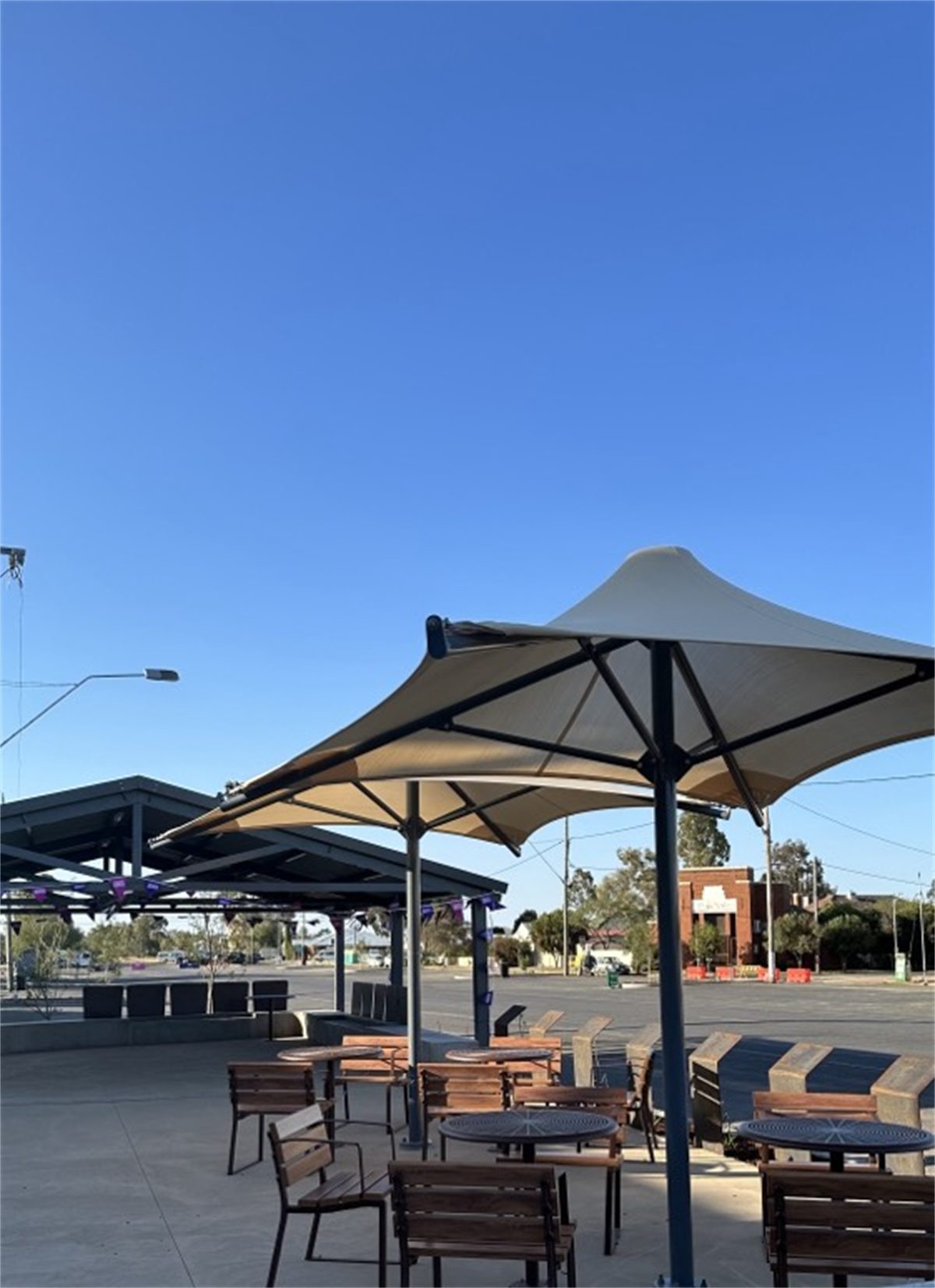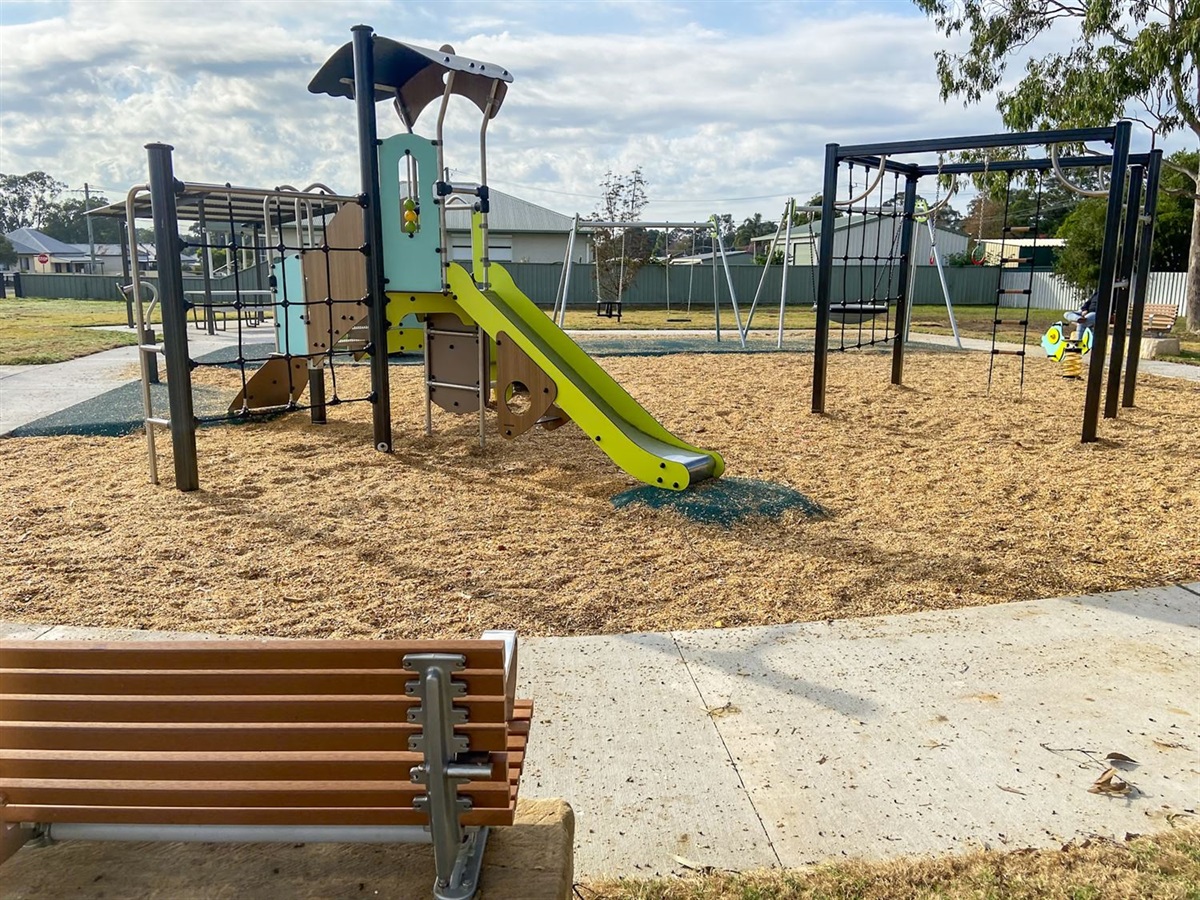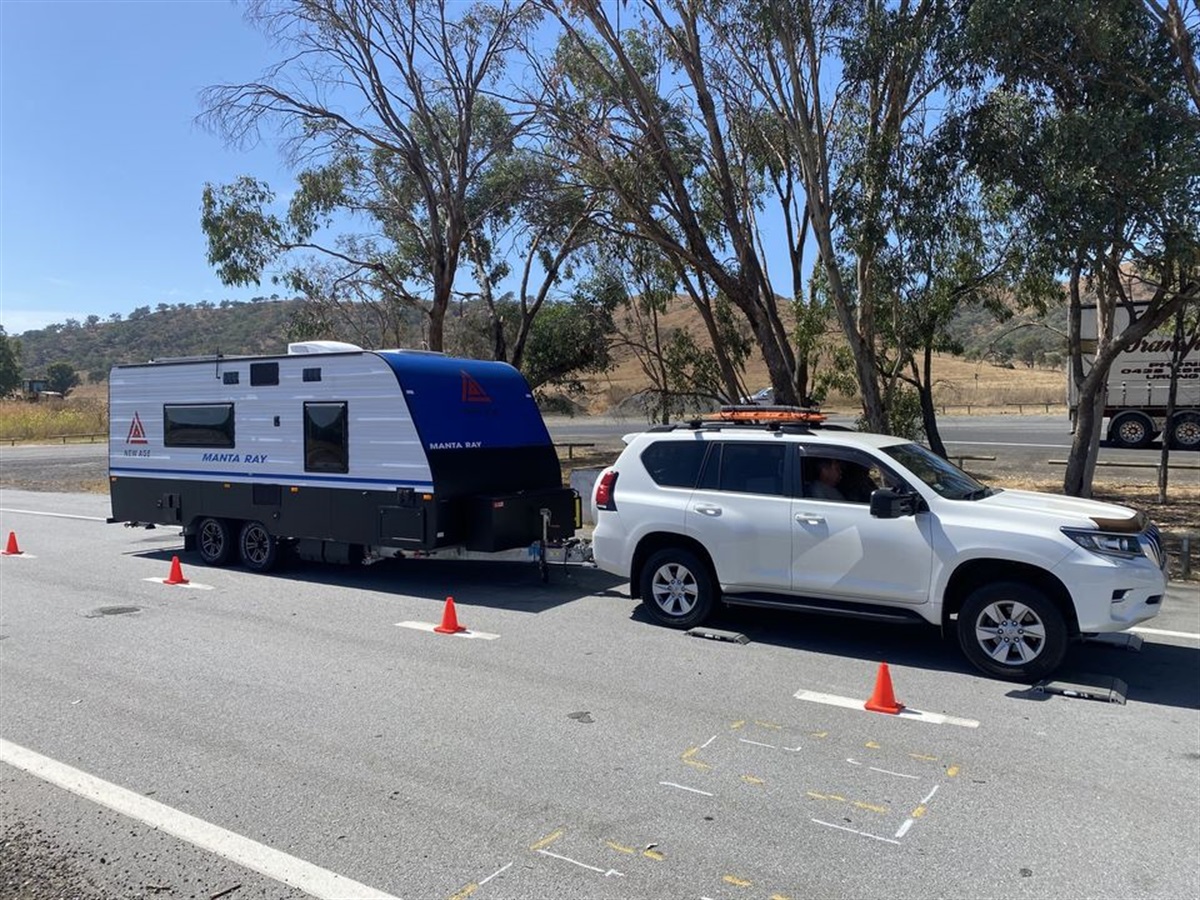The Kazuo Takayama lab reports that PDMS-based liver-on-chip naturally absorb some drugs, which affects drug toxicity results.
Liver-on-a-chip are miniaturized devices that capture the physiological and mechanical properties of the liver. They are commonly used by researchers to study how the liver metabolizes different compounds and drugs. In a new study seen in ACS Biomaterials Science & Engineering, CiRA Junior Associate Professor Kazuo Takayama and colleagues report which drugs based on their physicochemical properties are most suitable when using liver-on-a-chip to study drug toxicity.
One of the most important tests for any drug approval is hepatotoxicity. In fact, the United States Food and Drug Administration claims it is the number one cause of safety-related drug withdrawal from the market. Thus, exhaustive testing is mandatory, as otherwise a company that has invested billions of dollars on a drug could see it all lost because of this dangerous side effect.
Liver-on-a-chip are miniatured models of the liver that include not only liver cells, but also simulate the mechanical environment of the organ such as blood flow. The devices themselves are typically made of synthetic material, namely, polydimethylsiloxane (PDMS). PDMS is a silicone elastomer that is colorless and transparent, which simplifies observation of the cells. It is also malleable, making it ideal to mold desired shapes to reproduce the mechanics and fluid dynamics of the liver.
“The problem with PDMS is that it is highly hydrophobic. This means it can absorb drugs, which would affect the results on drug toxicity,” says Takayama.
Takayama and colleagues therefore investigated how PDMS-based liver-on-chip interacts with 12 chemical compounds including several drugs and their metabolites in the absence of any liver cells. They found that the partition coefficient, one measure of a drugs’ physicochemical properties, was a good predictor of absorption.
They then added liver cells to the liver-on-a-chip to examine how this absorption affected the metabolism of liver cells. Surprisingly, there was no clear correlation between any physicochemical properties, including the partition coefficient, and drug metabolism when the cells were included.
When asked why the partition coefficient would be a predictor in the absence of liver cells but not in the presence, Takayama replied, “It is possible that the hepatic characteristics of the cells changed by the culturing in the PDMS device.”
While these results may seem discouraging, they suggest the need for more tools in drug toxicity studies.
“Machine learning the correlation between the drug physicochemical properties and the drug responsiveness of hepatocytes should improve the accuracy of drug toxicity using PDMS-based liver-on-chip,” he said.
Paper Details
- Journal: ACS Biomaterials Science & Engineering
- Title: Usability of Polydimethylsiloxane-Based Microfluidic Devices in Pharmaceutical Research Using Human Hepatocytes
- Authors:
Sayaka Deguchi1,2, Masahiro Tsuda3, Kaori Osugi1,4, Ayaka Sakamoto1, Natsumi Mimura1,
Ryosuke Negoro5, Emi Sano1, Takuro Nobe1,4, Kazuya Maeda6, Hiroyuki Kusuhara6, Hiroyuki Mizuguchi2, Fumiyoshi Yamashita3,7, Yu-suke Torisawa4, and Kazuo Takayama1 - Author Affiliations:
- Department of Clinical Application, Center for iPS Cell Research and Application (CiRA),
Kyoto University, Kyoto, Japan - Laboratory of Biochemistry and Molecular Biology, Graduate School of Pharmaceutical Sciences, Osaka University, Osaka, Japan
- Department of Applied Pharmaceuticals and Pharmacokinetics, Graduate School of Pharmaceutical Sciences, Kyoto University, Kyoto, Japan
- Department of Micro Engineering, Kyoto University, Kyoto, Japan
- Laboratory of Molecular Pharmacokinetics, College of Pharmaceutical Sciences Department, Ritsumeikan University, Kusatsu, Japan
- Laboratory of Molecular Pharmacokinetics, Graduate School of Pharmaceutical Sciences,
the University of Tokyo, Tokyo, Japan - Department of Drug Delivery Research, Graduate School of Pharmaceutical Sciences,
Kyoto University, Kyoto, Japan
- Department of Clinical Application, Center for iPS Cell Research and Application (CiRA),








